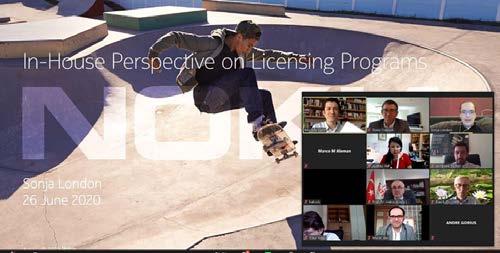
1 minute read
Book Review | The Long Journey To Software Valuation
Book Review | By Michael Lasinski
By Dwight Olson, CLP
Advertisement
Publisher: Larry Goldstein (July 5, 2013) ISBN 978-1-7344129-0-1
True to its title, Dwight Olson’s book takes the reader on a “journey.” Unlike other valuation texts that assume that software is an asset, it starts by giving the reader a framework that is important to the understanding of how software became an asset worthy of valuation and why the software asset’s journey was important to corporate financial management, accountants, investors and some of the most valuable companies in the world. Sure it covers the traditional cost, market and income methods to valuing intellectual property (including software), but it also builds on those traditional approaches and highlights the TSV or total software value, which considers the value of ownership, market value and internal cost savings, and how one should think about that in context.
Importantly, this book is more than just a valuation text. The journey it takes the reader on is important for those that are transacting software as an asset and how they can protect themselves and the asset they have developed or acquired. This is particularly important in a cloud-based world where traditional rules of the road are no longer adequate in securing a company’s software and data. It considers the importance of access controls, anti-virus technology, and the use of distributed environments. I have even taken a page out of the text and required some of my clients to get licensor’s to escrow their trade secrets (chemical formulas) when entering into partnership arrangements.
The best way to use this text is to read it cover-to-cover (it’s 173 pages, not including its useful exhibits). But then keep it with you and refer to it when completing software-intensive deals (and other types of intellectual property as well). It will help the reader not only value the assets, but identify value drivers and minimize risk. ■





